Population 55 (2014) | Established 1953 (1953) | |
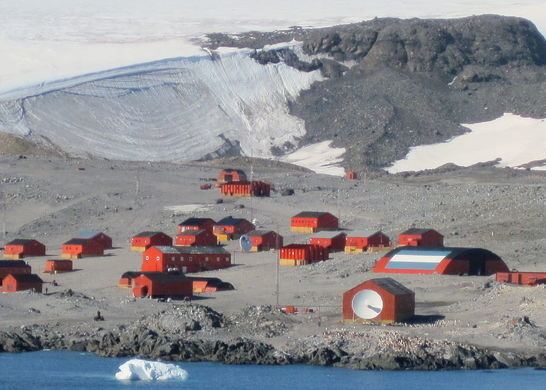 | ||
Administered by Argentine Antarctic Institute (under the supervision of the Argentine National Antarctic Directorate) Weather -3°C, Wind NW at 24 km/h, 71% Humidity | ||
Ad lie penguins esperanza base antarctica
Esperanza base (Spanish: Base Esperanza, "Hope Base") is a permanent, all year-round Argentine research station in Hope Bay, Trinity Peninsula (Graham Land, Antarctic Peninsula). It is one of only two civilian settlements on Antarctica (the other being the Chilean Villa Las Estrellas). The Base's motto is "Permanencia, un acto de sacrificio" ("Permanence, an act of sacrifice").
Contents
- Ad lie penguins esperanza base antarctica
- Antarctica 2012 flying to esperanza base
- Description
- People
- Historic site
- Climate
- References
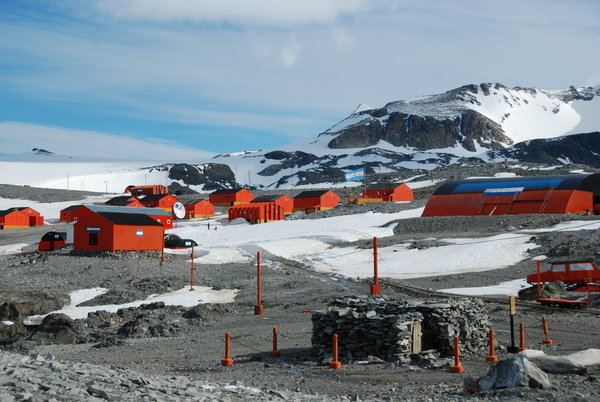
Antarctica 2012 flying to esperanza base
Description
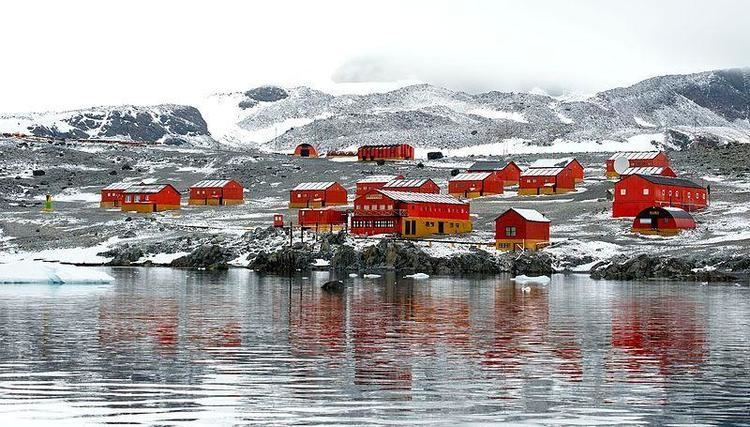
Built in 1953, the base houses 55 inhabitants in winter, including 10 families and 2 school teachers. Provincial school #38 Presidente Raúl Ricardo Alfonsín (formerly named Julio Argentino Roca) was founded in 1978 and acquired independent status in 1997. It maintains the furthest South Scout troop. The base has an Argentine civil registry office where births and weddings are recorded.The base has tourist facilities that are visited by about 1,100 tourists each year. The LRA 36 Radio Nacional Arcángel San Gabriel radio station started transmitting in 1979. A wind generator was installed in 2008, mounted by INVAP. video
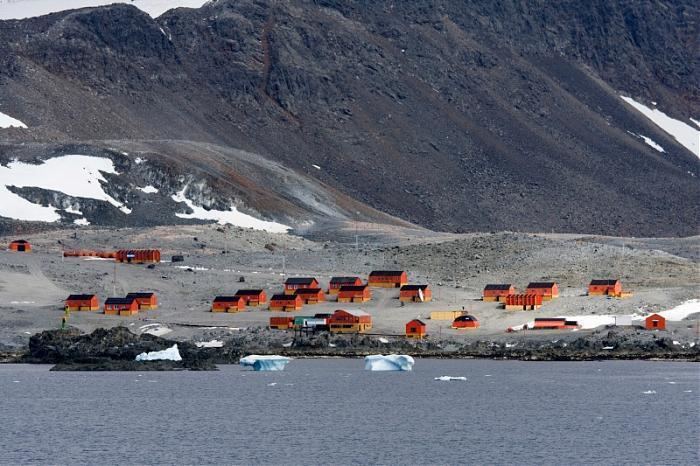
The 43 buildings of the station have a combined space of 3,744 square metres (40,300 sq ft) covered; 18,000 litres (4,800 US gal) of fuel are used annually by the four generators to produce electricity for the station. Research projects include: glaciology, seismology, oceanography, coastal ecology, biology, geology, and limnology.
People
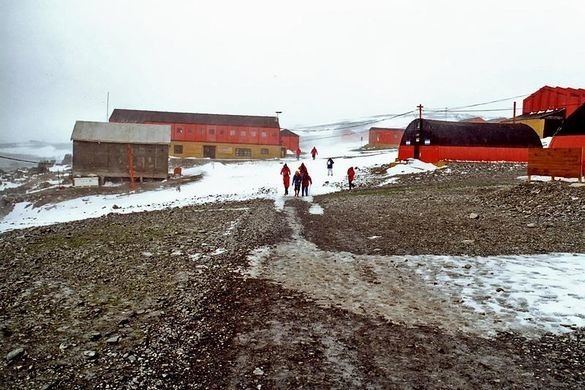
The base has some measure of fame because it is the birthplace of Emilio Marcos Palma, the first person to be born in Antarctica. There have been at least seven other children born at the base.
Historic site
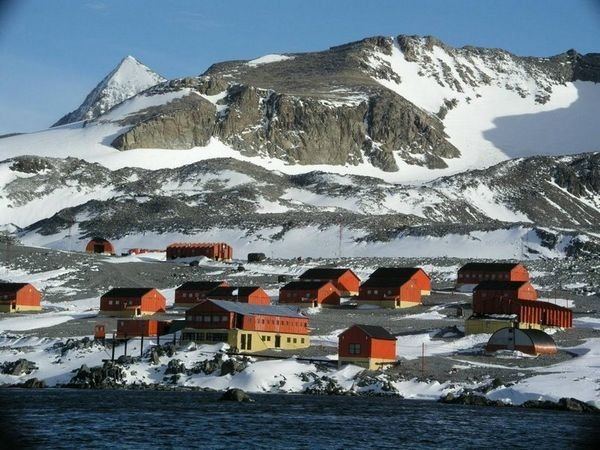
A group of items or structures of historic significance at, or close to, the base have been designated a Historic Site or Monument (HSM 40), following a proposal by Argentina to the Antarctic Treaty Consultative Meeting. These comprise a bust of General San Martin, a grotto with a statue of the Virgin of Lujan, a flagpole erected in 1955, and a cemetery with a stele commemorating Argentine expedition members who died in the area.
Climate
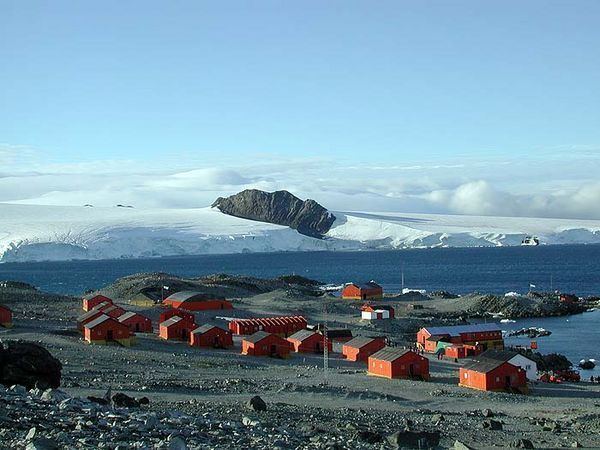
Like the rest of the Antarctic Peninsula, the base has a polar climate characterized by strong winds that descend downwards from Antarctic ice sheet. These winds can exceed 250 km/h (160 mph), leading to blowing snow and reduced visibility. The presence of two months with temperature means just barely above freezing means the climate is classified as a polar tundra (ET) climate in the Köppen system.
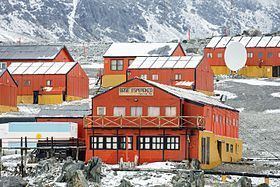
Mean monthly temperatures range from −10.9 °C (12.4 °F) in June, the coldest month to 0.5 °C (32.9 °F) in January, the warmest month. During summer (December–February), the average high is between 2.6 to 3.2 °C (36.7 to 37.8 °F) while the average low is between −2.9 to −1.8 °C (26.8 to 28.8 °F). In winter, mean temperatures are around −6.0 °C (21.2 °F). The highest temperature recorded was 17.5 °C (63.5 °F) on 24 March 2015. This reading is the highest temperature ever recorded on mainland Antarctica and its surrounding islands. The lowest temperature ever recorded is −38.4 °C (−37.1 °F) on 18 July 1994.
The temperature trend since 1948 is +0.0315 °C/yr (+0.0567 °F/yr) (annual), +0.0413 °C/yr (+0.0743 °F/yr) (winter) and +0.0300 °C/yr (+0.0540 °F/yr) (summer).
